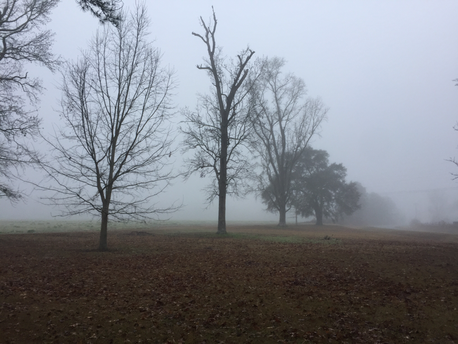 Throughout the Deep South in these winter months you’ll find one of the great traditions of Southern Culture. I can think of few activities that can match it for social and historical value. It’s built from brush britches, heirloom shotguns, well trained dogs, and quality time outdoors. It’s a tradition that’s making a comeback and bringing an indigenous species with it. There are sounds in nature that stand out from he others: the hoot of an owl, the gobble of s wild turkey, the repetitive song of the whippoorwill. The call that gave the bobwhite quail its name is one of the best. It is a call that lets you know you’re out in the country. That low “Bob” followed by the rising tone, almost like a question, “white” was once far more common in The South. Development, industrial farming practices, poor habitat management, and predation nearly wiped out quail in the southern wild lands. In the past, small interconnecting farms protected large and numerous coveys. By obtaining permission from the property owners hunters could spend a day walking through pastures and pine savannas jumping coveys and harvesting birds. The nature of the sport offers a social outlet like golf. Conversation and companionship make quail hunting very different from other forms of hunting. Former President Jimmy Carter, who comes from a great quail hunting area, is quoted as saying “Life is too short to quail hunt with the wrong people.” 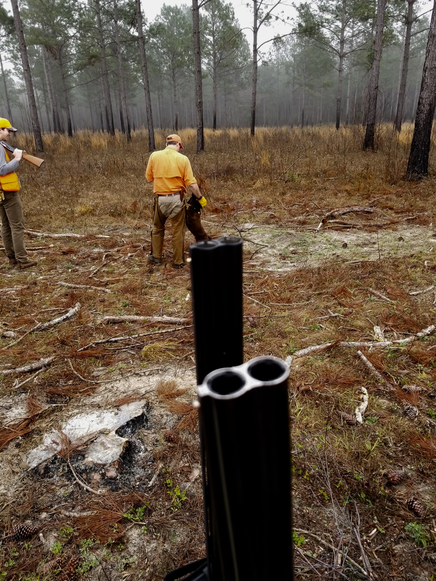 One of the joys of the hunt is the work of the dogs. They scout out the path, leading the hunters, locating to coveys, and then lunging forward, prodding the birds to take flight. After the shots ring out, the dogs retrieve the downed birds without damaging the meat. Like all game animals, quail need food, water, and cover to thrive. Unlike so many birds, quail shun the protective heights of tree branches. They nest on the ground and prefer to run until flying is their last resort. Their nests fall prey to snakes and coyotes, and, more recently, domestic pets. Pastureland used to provide homes for these birds but chemical fertilizers have taken a toll. Neighborhoods overtook habitat. Locations and individuals hosting quail hunts had to resort to placing farm raised birds to facilitate those outings. Farmed birds don’t behave the same and don’t give the same experience as wild birds. But with declining populations, the only other option was to just not hunt. In recent years, land management practices have changed. Work geared at bringing back the longleaf pine has improved habitats. Eliminating non-native grasses and vines has helped indigenous varieties thrive again and I’ve personally heard stories of property owners and managers jumping multiple coveys in several different counties. We’re still looking at a greatly reduced population compared to the golden age of quail hunting but the signs are promising. 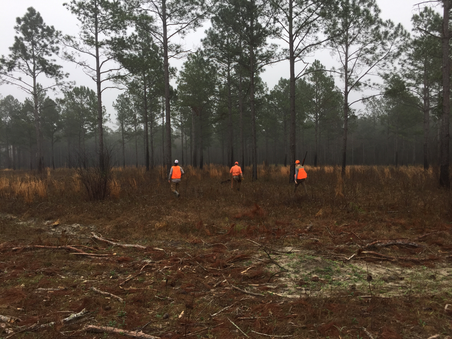 The best thing that could happen for the quail is the popularity of quail hunting with people in cities and towns. Non-rural people who use their disposable income to come to rural areas and hunt quail are providing the resources needed to continue the work of habitat creation and preservation. The profitability of the sport has created numerous businesses. Plantations across the coastal plain have begun offering hunts - guides, lodging, food and drink, all manner of amenities, all for a nice price. This provides much needed job opportunities for people in small rural towns. Some locations are more expensive than others. But all of them are making some sort of difference. I still hold fond memories from the South Georgia Cracker Quail Hunt I was part of a few years ago. We got together just outside Hahira and had a great hunt. The hunting and the company were excellent. The lasting benefit is management of that property. It’s an example of a property owner caring for the land and making it much like it was 100 years ago, That adds beauty to the world, the landscape, and the life it sustains. The evidence im going on is anecdotal and it’s still too early to declare victory and the return of wild quail but what I’m seeing and hearing is promising. As the economics help drive this trend, we’ll see better managed habitats. That makes for more beauty in our area. Better habitat is good for the land, good for the people, good for the animals. That’s a lot of winning. We’ll take it.
1 Comment
|
Sam B.Historian, self-proclaimed gentleman, agrarian-at-heart, & curator extraordinaire Social MediaCategories
All
Archives
November 2022
|
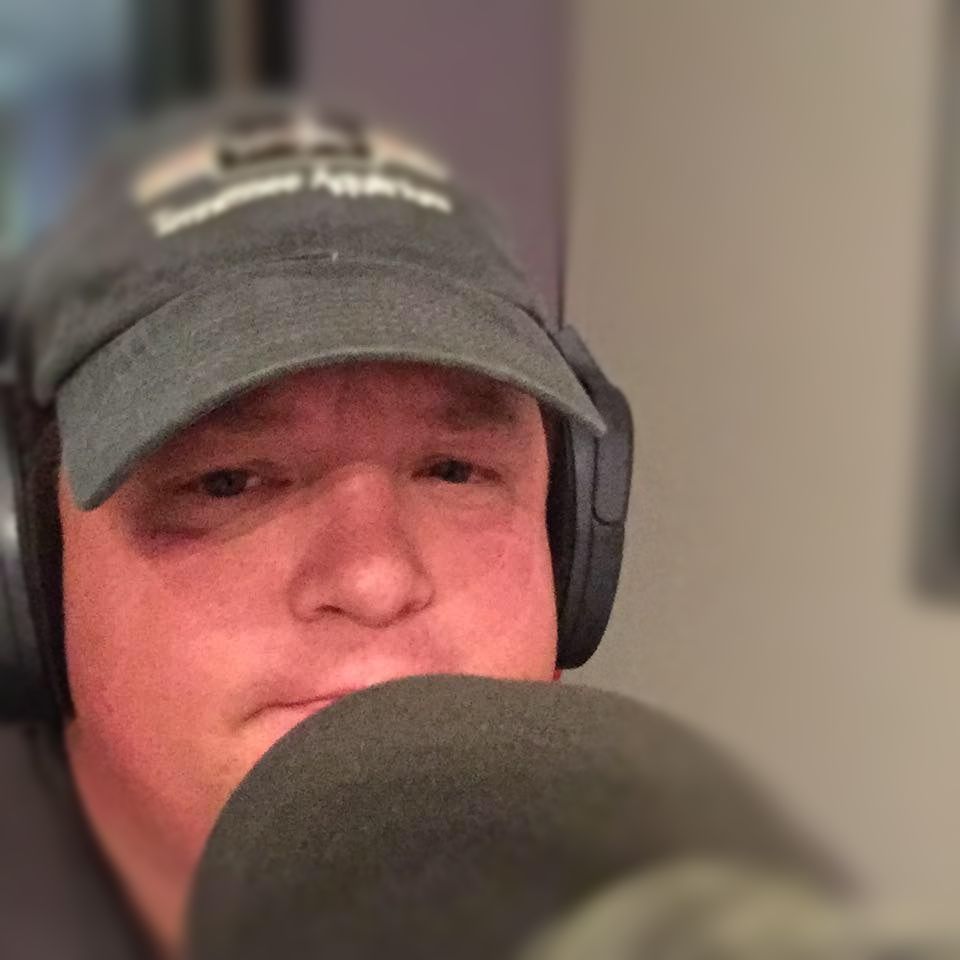
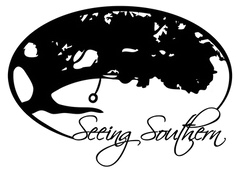

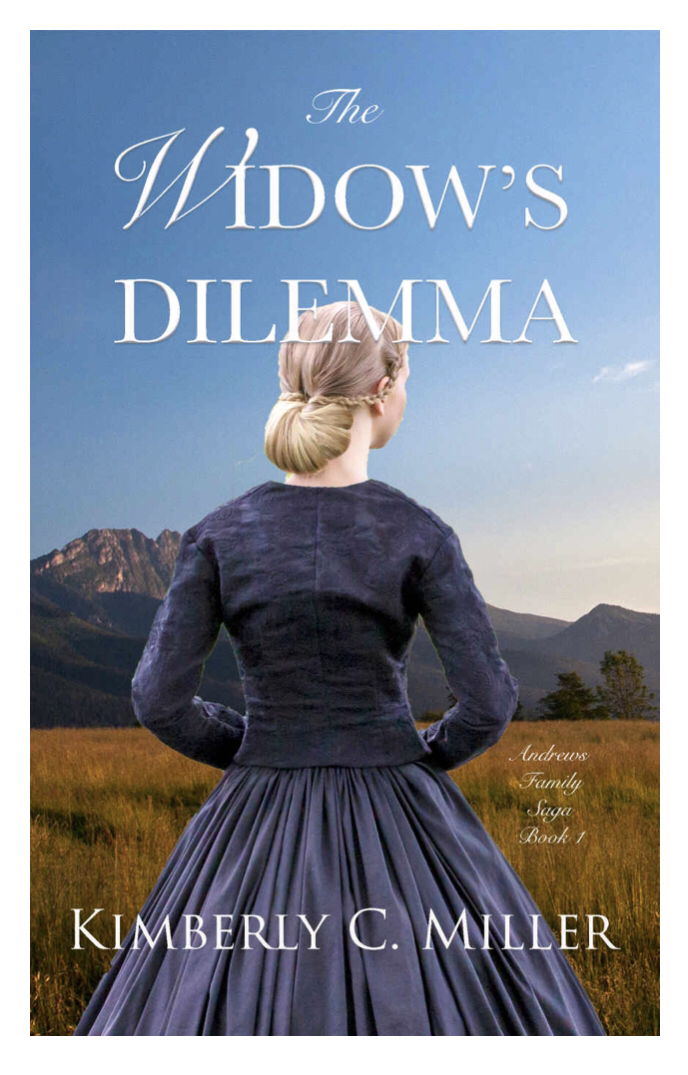
 RSS Feed
RSS Feed
